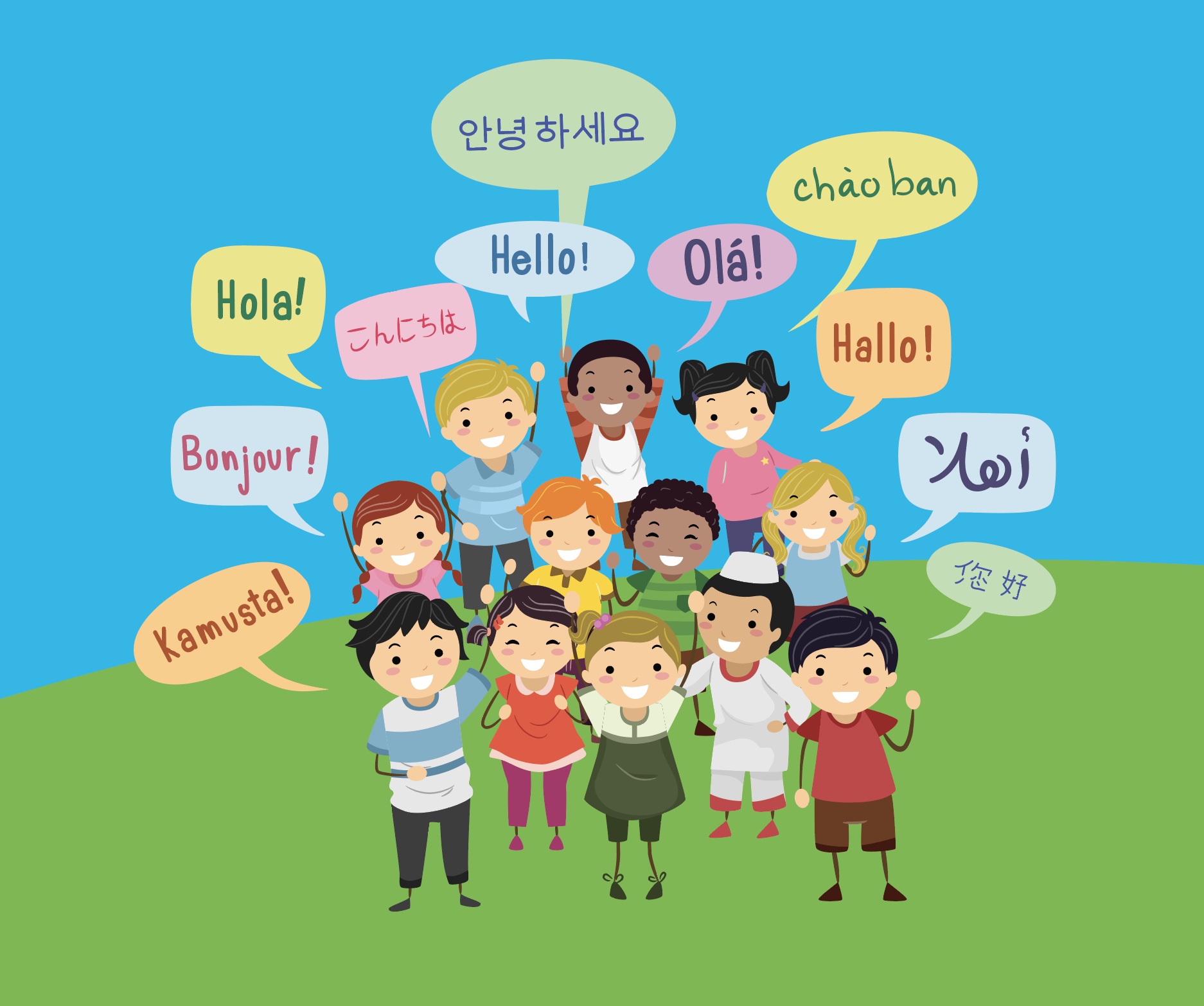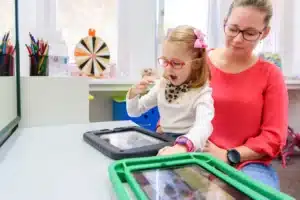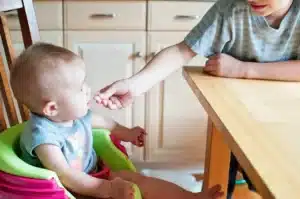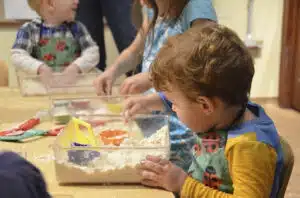By Rouzan Dishoian MS, CF SLP
One of the most common questions SLPs get from parents is “Does speaking two languages confuse my child?” We largely see this misconception in multilingual families that speaking more than one language is causing language delay in their child. However, there is no evidence to support this idea. Contrastingly, research overwhelmingly supports teaching a second language early (birth to three years old). As we know, it is harder to learn a second language as we get older.
Studies have shown that typically developing bilingual children acquire language at the same time and rate as their monolingual peers. They start babbling around 6 months of age, say their first word around 12 months of age, have a vocabulary of around 50 words at 18 months of age, and start combining words around 24 months of age.
Some bilingual children seem to develop language skills differently from their monolingual peers. Often times, they appear to have limited vocabulary. A bilingual child’s total vocabulary incorporates words from both languages. That is, if a child has 10 words in English and 20 words in Spanish, their total vocabulary is 30 words. Languages represented in a child’s mental dictionary are proportionate to their exposure to that language. In other words, this child has most likely been exposed to the Spanish language more than the English language.
A common method I see parents use to teach a second language to their child is the following; parent says: “do you want water? Here’s agua… water…” “What color is this? It’s red… rojo…” Labeling objects in different languages to a child may challenge their language processing. Instead, I recommend the OPOL method. One of the most popular approaches in teaching a second language is the “one person, one language” (OPOL) method. This is when one person, say the mother, speaks English to the child, and the other person, say the father, speaks Spanish to the child. This method has been found to be effective in providing regular exposure to two languages without mixing them.
Bilingual children may demonstrate errors in one or both languages at some point in time. They may apply rules of one language to the other, or combine the rules of both languages. This is called Language Interference. This process is a part of typical acquisition as children learn to separate the rules of each languages. It is not a language disorder.
YES! You should teach your child a second language if you can. But remember, it is important for you to use the language you are most comfortable using. If you are better in a language other than English, use that language. This way, you are giving your child the most salient language models to follow.




